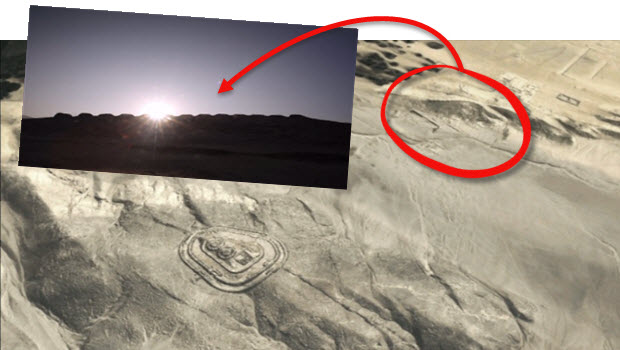
Chankillo rivals Stonehenge as true solar observatory
I’m sorry, but really… Stonehenge, schmoan-henge! Want to visit a real monumental prehistoric solar observatory? Check out Chankillo, on Peru’s northern coast, the oldest, grandest one in the known world.
Located near Casma, about three hours north of Caral via the Panamerican Highway, Chankillo is where a mysterious, ancient culture plotted and interpreted the movements of the sun.
Archaeologist Ivan Ghezzi, director of the Chankillo project, along with fellow archaeologist Clive Ruggles proved in 2007 what Thor Heyerdahl famously theorized in his book Kon-Tiki six decades earlier: that Chankillo’s 13 ridged towers were actually a solar observatory.
Ghezzi called it “a great Eureka moment.”
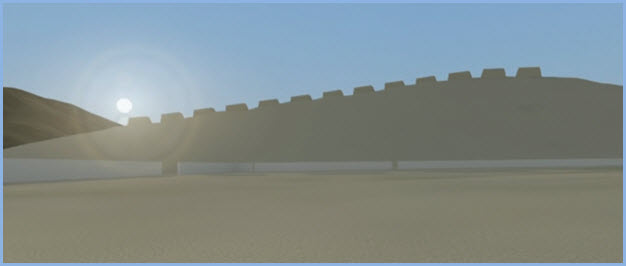
Ghezzi and his team are in the process of applying for Chankillo to be recognized as a World Heritage Site by UNESCO. He gave Peru’s largest daily newspaper El Comercio an extensive Q&A interview about the 2,300 year old solar observatory, which is translated and excerpted here:
What makes Chankillo an observatory?
“We can demonstrate with evidence that this sector of Chankillo, what we call the solar observatory, has as its main and perhaps only function, astronomical observation. There are many places in the world popularized as observatories like Stonehenge, but there is only one alignment that can be observed and that the scientific community accepts is the winter solstice. So how can one argue that the main function of all that construction is astronomical if only one day of the year serves to determine a date.”
Chankillo vs Stonehenge as oldest solar observatory
So, it can’t be said categorically that Stonehenge is an observatory? Ghezzi argues, no, it cannot.
It could be a ritual, funerary or perhaps religious space, he said, built with an alignment to mark and emphasize the winter solstice in Europe.
“There are many such examples of that, even in Peru. In a somewhat lax way they are using the term observatory, but what they mean is that they contain one or some astronomical alignments. If a site allows to identify the solstices, equinoxes or other dates throughout the year, as for example Cerro del Gentil (of the Paracas Culture) in the Chincha Valley, we know that it would be a point of observation of the sunset on several Paracas buildings. Two of these buildings coincide with the solstices and equinoxes.
Chankillo is a Solar Observatory Throughout the Year
“Chankillo is the only one that spans the entire year and the only solar horizon calendar we know that covers the entire annual sun route. This is the main and perhaps exclusive purpose, the most authentic observatory we can see in the world.
“The calendars of many societies are based on the astronomical movements mainly of the moon and the sun. Many societies adopted a solar calendar, others have invented them on their own. In a natural way the sun orients to a calendar of approximately 365 days. It is not an exact figure, that is why we have leap years. For what we know as ‘year’, we could also call “solar cycle” which is the time it takes the Earth to go around the sun.”
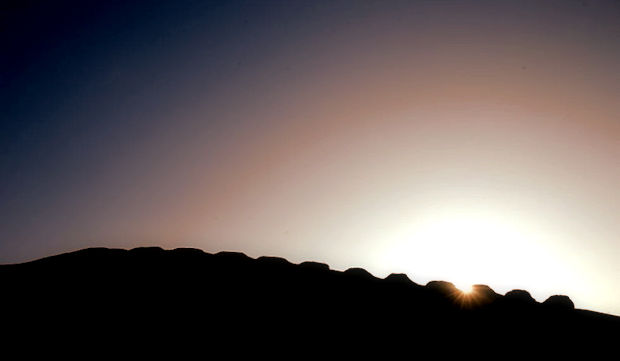
What does the solstice look like in Chankillo?
“Chankillo has a row of 13 towers. The solstices are always the extremes. In December it goes out through tower 13 and in June through tower 1. Although we don’t know exactly what it meant, we have seen that the solstices were clearly marked and probably as the most important moments. Then it returns along the same route. From a fixed point, which we call the observatory, the sun will always come out between the towers, it will never come out of that range. The space between towers 6 and 7 is where the equinox comes out; that means the change to another station.”
How exactly did the Chankillo observatory work?
“In the nomination to UNESCO to be named World Heritage of Humanity, we have called it ‘the solar observatory and its ceremonial center.’ This means that the solar observatory is a sector of a larger site that we call Chankillo and that it is a ceremonial center with other buildings. For example, there is a fortified building that we believe contains a kind of solar temple. There is a space that seems public, where thousands of people would have gathered to celebrate solar rites and other things on fixed dates, surely determined by the observatory. But at the center of this great ensemble is the solar observatory. It is made up of several buildings. The most outstanding are the thirteen towers.”
Do we know what culture inhabited Chankillo or built it?
“No, there could be more than twenty. The pre-Hispanic world had hundreds of cultures. What happens is that we cannot use cultures in the freest way. But we know of some societies that existed that have left some evidence, like the society that built Chankillo; however, we don’t know the aspects of his daily life. So, research does not allow us to talk about the Chankillo culture, because, unlike the Moche or the Nazca, we do not have an image of the Chankillo culture.”
Can I visit Chankillo? Absolutely!
My friend, the intrepid South American explorer, Glen David Short calls Chankillo “One of the most desolate, haunting, yet ultimately fascinating places I have ever been to.
“No other tourists, just a hot desert wind whistling into your ears and grit into your eyes,” he writes. “Totally impressive.”
While Chankillo is off Peru’s beaten tourist path, it’s location makes it a logical northward stop following Caral, the ancient ceremonial center in the Supe Valley.
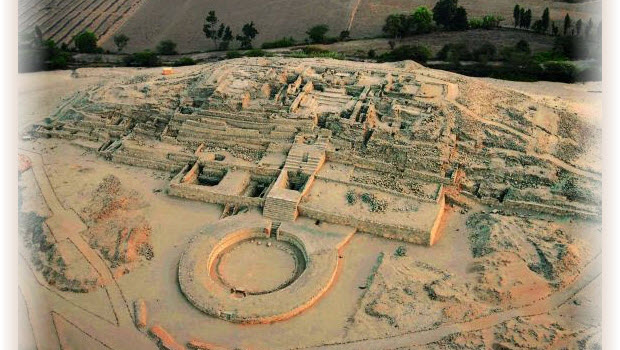
From Chankillo, you can head east, up into the Andes to Huaraz and the gorgeous Cordillera Blanca, a majestic ice-peaked mountain range, containing about 70 percent of the world’s tropical glaciers. Or you can continue north along the coast for a more complete Peruvian archaeological program, visiting amazing Moche and Chimú sites.
Let us know if you would like us to design a custom archaeology program to visit Chankillo for your trip to Peru. Just reach out to us through Fertur Peru Travel’s Whatsapp or our Contact Us form.
[Originally published December 16, 2019]

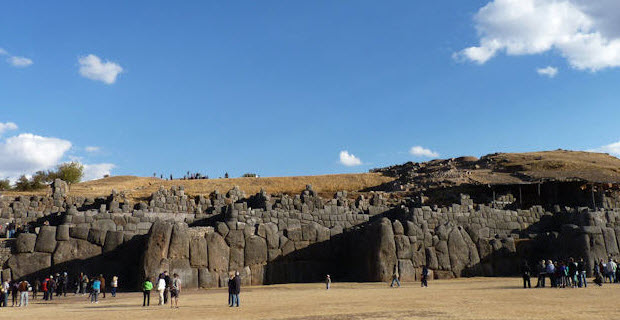 The virtual reality of Inca architecture: Sacsayhuaman
The virtual reality of Inca architecture: Sacsayhuaman 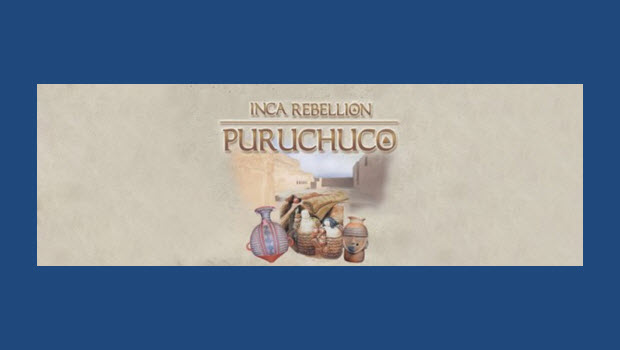 Inca Rebellion – Puruchuco Exhibit Opens at Peru’s National Museum
Inca Rebellion – Puruchuco Exhibit Opens at Peru’s National Museum 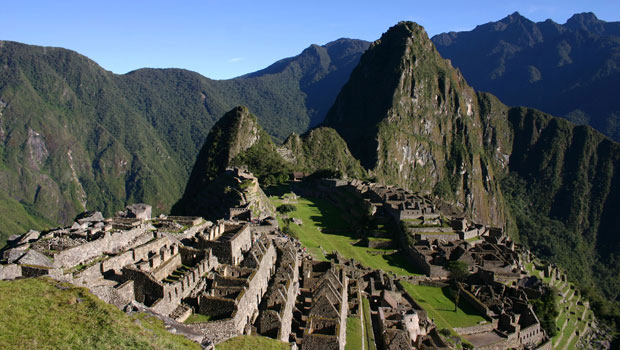 The Inca Sacred Center of Machu Picchu – a Love Letter
The Inca Sacred Center of Machu Picchu – a Love Letter 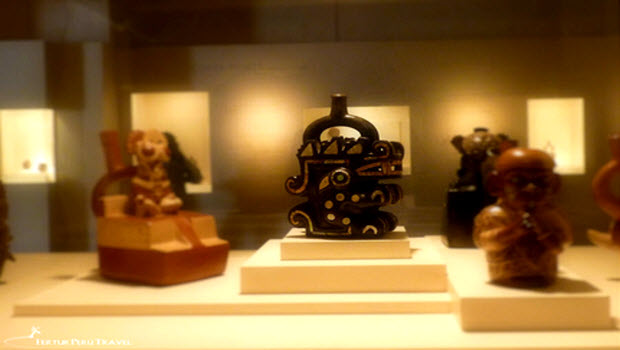 Peru’s archaeological art of the ancients
Peru’s archaeological art of the ancients 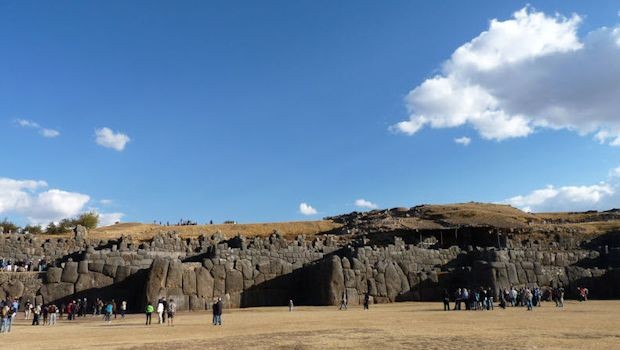 Restoring the Inca ecological balance at Sacsayhuaman
Restoring the Inca ecological balance at Sacsayhuaman 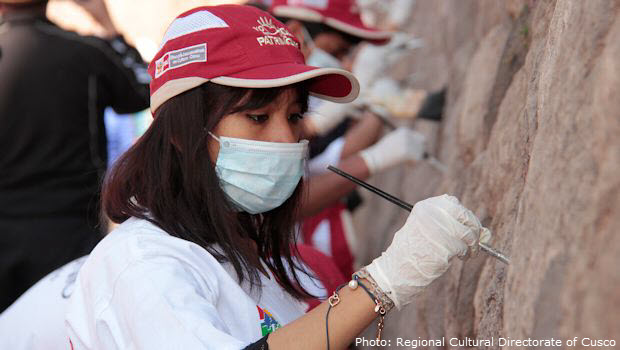 Cusco population volunteers to restore ancient Inca walls
Cusco population volunteers to restore ancient Inca walls 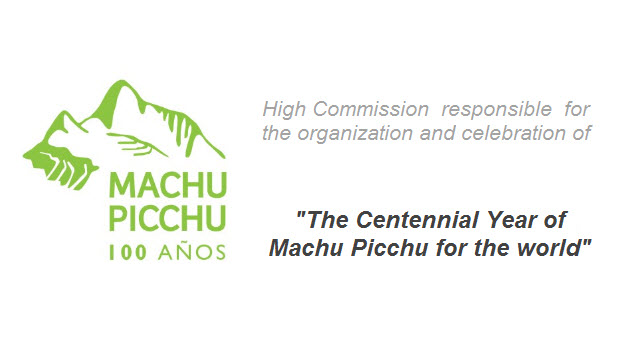 The final program for Machu Picchu 100-year anniversary celebration
The final program for Machu Picchu 100-year anniversary celebration